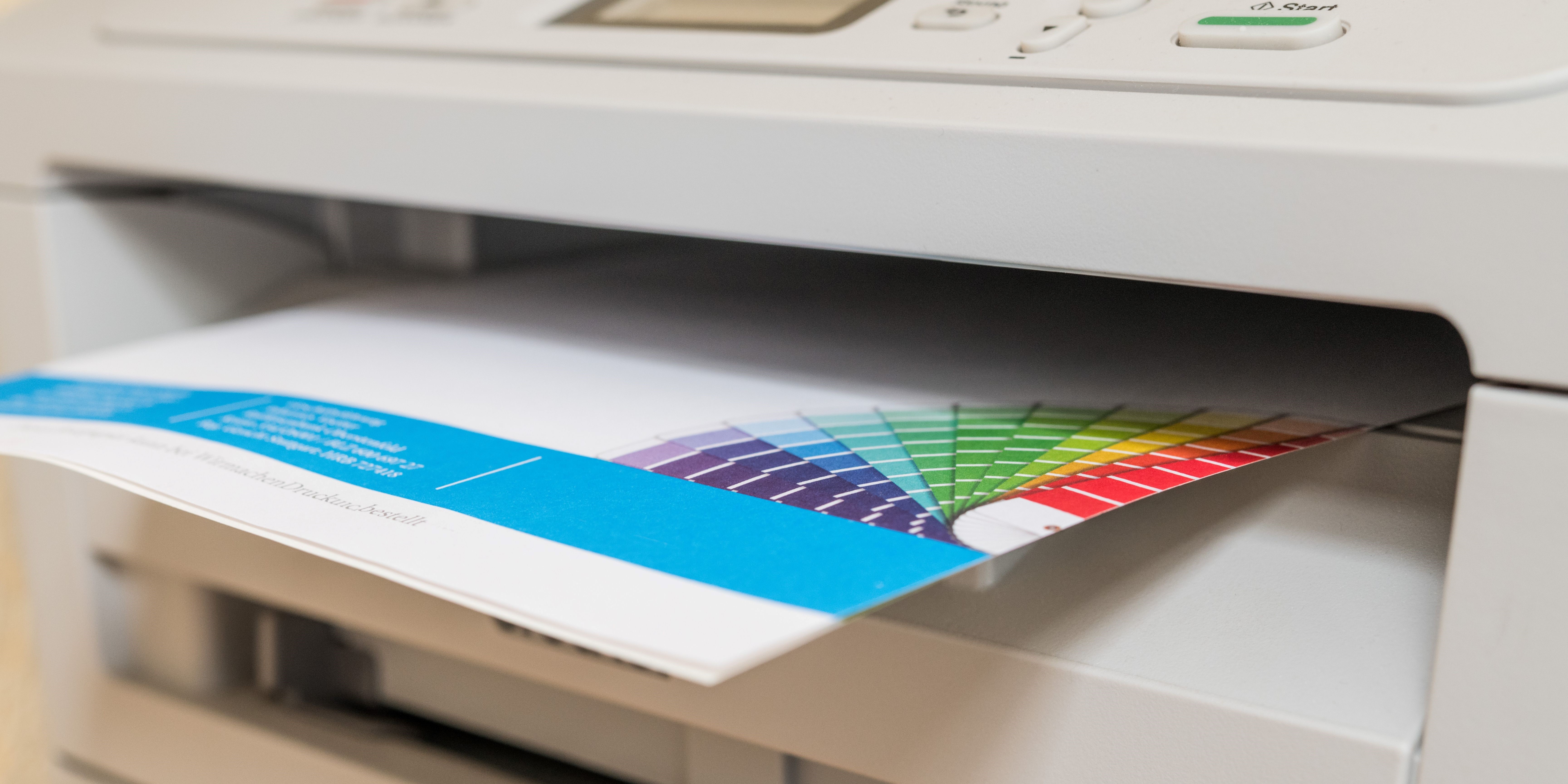These contracts detail expectations for repairs, replenishment of supplies and other responsibilities essential for the upkeep of such vital resources that companies need to fulfill daily operations. For printers, specifically, it’s a mutually agreed upon set of obligations upheld by both locally-managed print services and companies which are its clients.
And maintenance agreements aren’t uniform across industries, either. Plans are tailored to a business’ needs and geared toward a printer model’s necessary support for optimal functionality.
There are many key details to consider when developing the best maintenance agreement between managed print services and companies.
1. Clearly defining what isn’t covered
Your maintenance agreement will spell out what printer problems are eligible for repairs that don’t include costs outside of the contract. But issues not covered under the plan need to be clearly defined and easily explainable to avoid confusion.
Maintenance and repairs likely follow guidelines established by the manufacturer, so repairs resulting from a business’ misuse, such as lack of air conditioning or heat elements and service to add-ons not approved by the factory are examples of uncovered issues. Service requested after business hours, unless specified otherwise through an extended hours plan, is another area that should be outlined in the agreement.
2. Service requests and responses
Nationally known printer and copier brands often staff customer support lines that operate past typical business hours in the event technology failures stall company productivity. This information should be included within any maintenance plan in addition to supply fulfillment hours – when requests for packages of paper and ink cartridges can be delivered.
It's likely these brands have standardized service response times that need to be met when companies request repairs. Maintenance agreements might even include a service range – the distance of a company to a designated service center – and hours of operation in which repairs are conducted as well.
3. Ongoing enhancements and analysis
Printer and copier brands may also deploy software that tracks their technology’s performance. That includes managed IT, which monitors device performance and even places supply orders when levels are low to improve productivity and efficiency within a company.
Features can vary. However, there are plenty of benefits – all of which can be outlined in your maintenance agreement.
4. Deliveries, relocations and more
The location of a printer or copier matters. For instance, is there a charge associated with moving your device to another office across town? These details need to be included, whether costs come with replenishing supplies or repairing technology that now lives in a location different from where it was initially installed.
Reinstallation, training and testing are logistical points necessary within the agreement. Say “goodbye” to confusion when these topics are clearly explained within your plan!


